QR’s New PRSix2: Slowman’s Build
I received a new PRSix2 frameset from Quintana Roo to build up as I liked. Here it is and there’s going to be some facepalming, handwringing, and general upsettedness at what I’ve done! Nevertheless here goes.
First can I talk about the frame? A little! I don’t need to talk about it a lot, because QR hasn’t changed its geometry for its PR series since it introduced this platform in 2014. Why would it? Yes, it took me 2 years and 5 articles before I called these bikes by their proper names (it’s PRSix, not PR6). While I've been inconsistent in my naming conventions, QR has been consistent in making a bike that handles well, and does so uniformly up and down the model line-up. (At least I've been consistent in recognizing and reporting on that!)
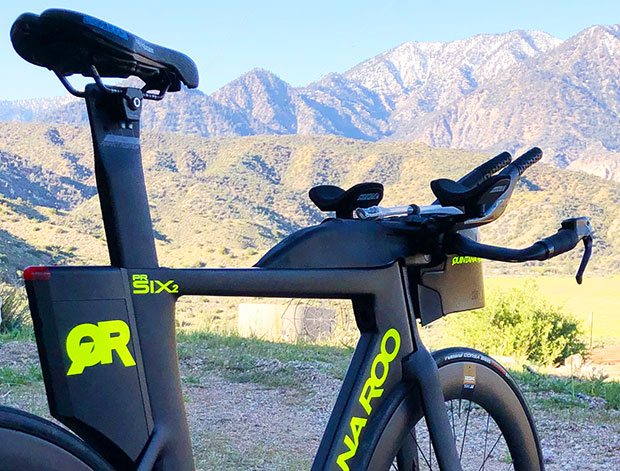
This bike’s geometry shouldn’t change. There’s nothing to change. It fits right and it handles right. More importantly, it fits and handles the same way regardless of what QR tri bike you buy, whether PRThree, Four, Five or Six. This bike, the way I’m showing it here, would probably cost around $10,000, but I hopped aboard a PR-series bike in Kona a year and a half ago (in the image I’m riding with the company’s owner, Peter Hurley) and that bike rode exactly the same as the bike I’m featuring here. The bike I rode in Kona you can buy for near to $3,000 right now.
Yes, $3,000 is a big gulp! Just, I’m making a point here. This brand has figured out a way to make a price-scaled line-up that is quite light, easy to work on (if any hydraulic brakes are ever “easy” to work on), aerodynamic, easy to adjust, and fits a wide range of folks.
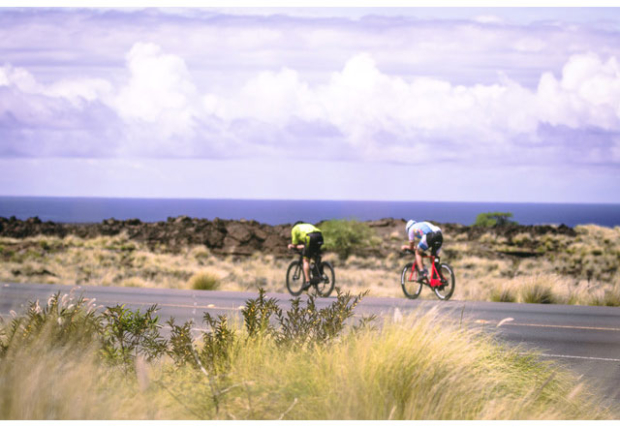
Now that QR has flowed the tech to its bottom price point, the PRSix2 is the just-launched attempt to renew value at the high end.
Later on I’ll close with a couple of paragraphs on what’s different between this frame than the PRSix Disc it replaces; and how to know you’re going to get the right-size QR (please read! it’s not straightforward). But let’s talk about the spec I chose, which is certain to get me in the dutch.
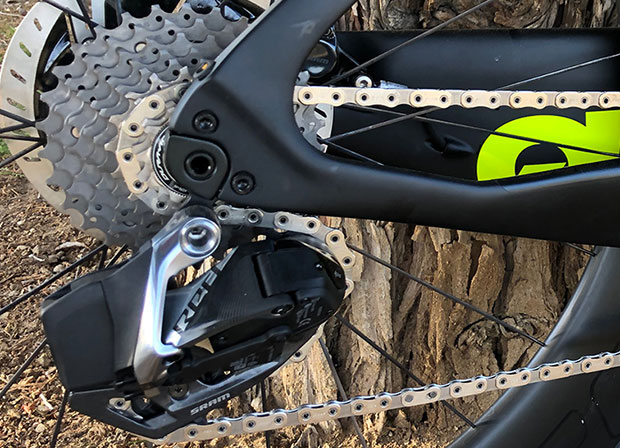
I hung a SRAM AXS Red groupset on this bike. Why? Because I’m lazy. I wrote a few weeks ago – in a review of an internal cable routing set made by Park Tool – about this frame’s internal routing aids (vinyl liners moving through the frame). But what I’ve discovered in my old age is that vinyl liners eventually get brittle and break. Yes, I can route shift cables the first time. What about the second and third time, 3 or 4 years from now? This isn’t a QR problem. This is an industry problem. We need internal liners that last the life of the frame.
Failing this, I’m choosing electronic when I can, and when the budget permits. Wireless electronic preferably. Which this SRAM's AXS system is.
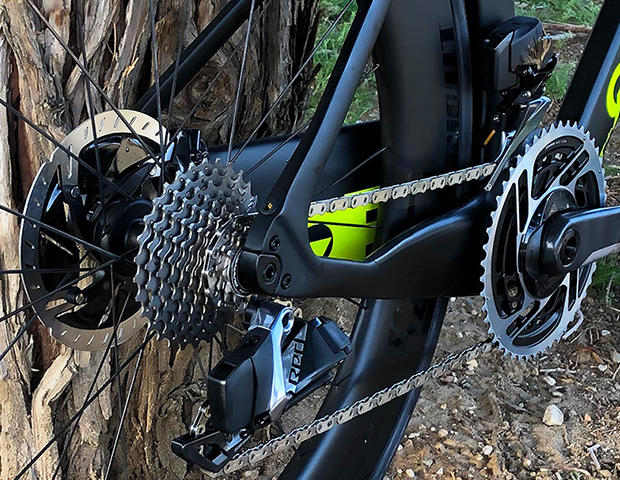
I chose a 12-speed cassette in the rear that went 10-33 and in the front a 48-35. You might think that a puny choice. No quarrel. The 48×10 is not a puny gear. But yes, the almost-1-to-1 available low gear is. In my defense: first, I’m old now. You’ll get here. You’ll see. So there’s that. Second, when climbing, I’m a stay-aero-and-spin guy. I’m in the minority with this technique, but I believe it remains the proper way to climb on an aero bike. The problem is, most folks run out of low gear if they use this technique, which requires the use of a high-cadence when climbing. The fix is not to sit up, but to put the right gears on the bike. And the last reason for the small gears on this bike: I'm old. (Did I mention that?)
Here’s what I promise you: If you put lower gears on your tri bike (or road or gravel bike), you’ll use them. What you are less likely to use is the big gear. What you’ll certainly use is the small gear. Having low enough gearing on your tri bike opens up possibilities you can’t otherwise enjoy. Hence the gearing I chose for this bike.
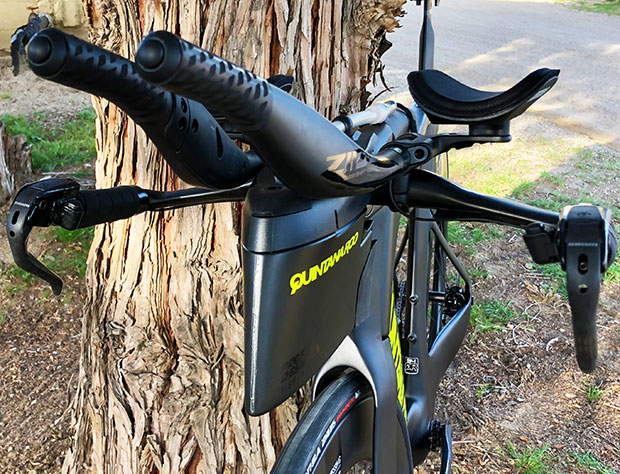
If you use Zipp’s new wireless, smart shift extensions then the shifting is entirely wireless. Nothing through the frame. No wires, junction boxes, no BlipBox, nothing. However, QR made its frames with the idea they’d be paired with Profile Design cockpits. To begin with, the PRSix2 ships with a Profile Design industry leading Aeria Hydration, which is painted by QR in Chattanooga to match the frame. When I wrote about Zipp's new electronic extensions in March, the Zipp aerobars were mounted on a Zipp pursuit bar which I’ll write about some other time. I left that pursuit bar on the bike, because I dig its cable routing options.
But I swapped out the Zipp aerobar clamps for a Profile Design Supersonic bracket kit, and on this bracket I put PD’s Ergo Armrest Kit. Inside of this I replaced the Zipp Vuka Shift AXS 90 extensions. But there was a problem.
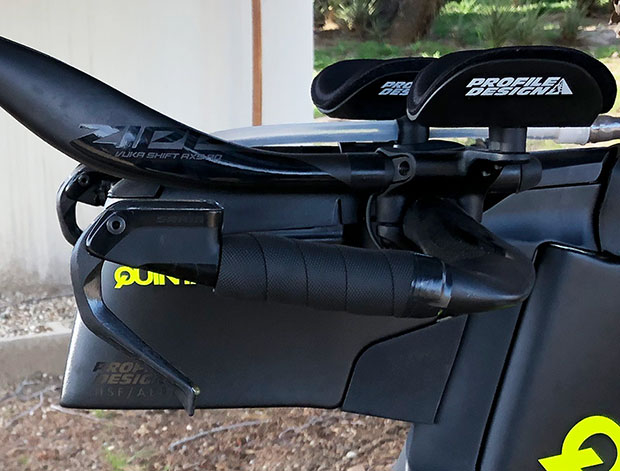
I’m a stickler for one’s ability to lay one’s forearms on the pads, and the extensions meet the hand, rather than the hand having to reach the extensions. The planar relationship between pad and the handhold must be evident, and it wasn’t on this set up, because the extension handhold and the shifters were too high in elevation. I don’t want my forearm pivoting on the back of the armrest. I want the entire armrest to serve as a forearm rest.
What I did find is that just a 1cm pad rise took care of this for me. Profile Design makes a figure-8 spacer 1cm in height that got me the extra pad height. Now I’m comfortable. I don’t know that you can even buy that spacer anymore, but that’s what I did. In Zipp’s catalog you’ll find a wedge kit that tilts the armrest and that's how Zipp addresses that concern.
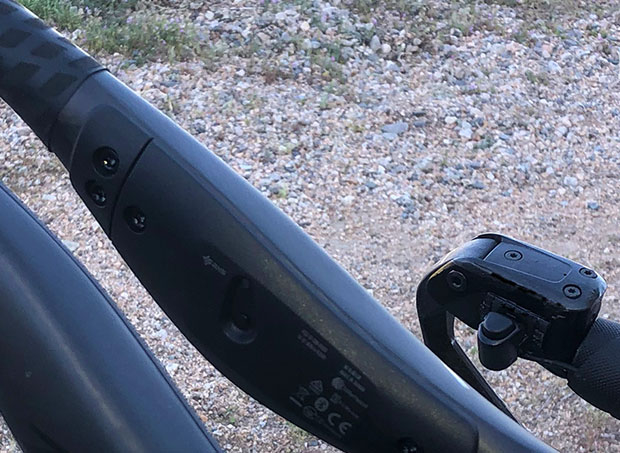
Those pursuit shifters SRAM made, the MultiClics, they’re cool for sure, but my installation was bugging me. Those shifters are made to be fitted onto round handlebars. But where they need to sit, according to me, is right on the inside of the hydraulic brake lever. The last time I photographed these I had a mess of 2-sided tape, black tape and a zip tie. Finally I ripped all of that stuff off and epoxied them onto the side of those brake levers. Done.
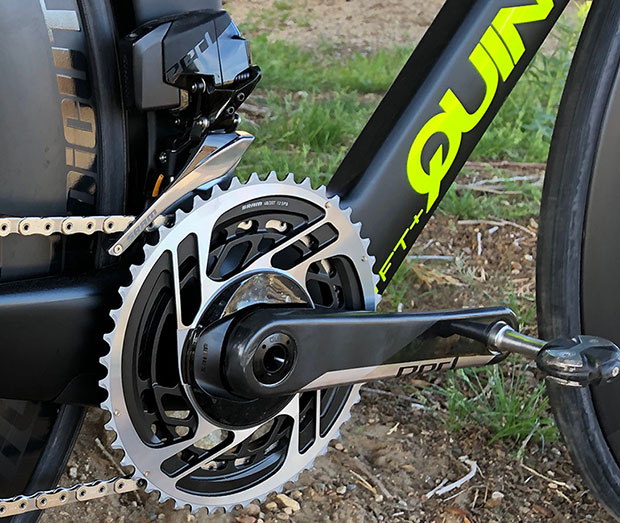
In a week or so I’m writing about pedals in more detail – specifically a comparison between Speedplay and typical 3-hole systems made by Shimano and Look. For this bike it’s Speedplay and I’ve written about this a lot and you’ll get more of it next week.
I’ve been a fan, and I remain a fan, of Zipp, HED and ENVE. In this particular case I’ve got some Swiss Side wheels on the bike, ARC 1100 Dicut, in 62mm in front and 80mm in the back. I can ride any depth in the back without concern, but riding that depth in the front is like having a pet alligator. Interesting for sure. But nerve-wracking. Hence the 62mm in front.
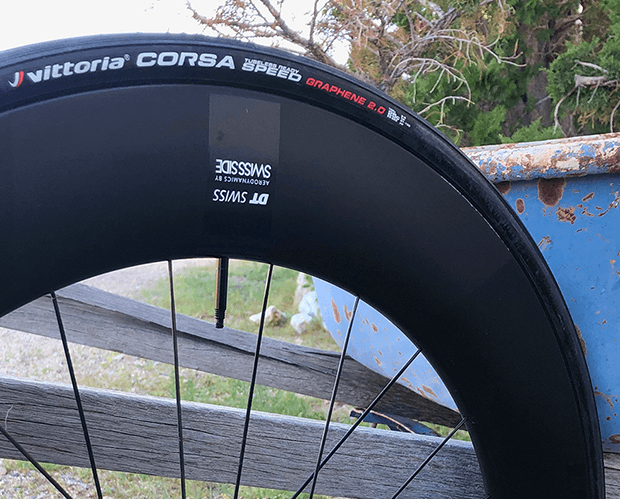
I’ve got Vittoria Corsa Speed tires on these wheels. If you’re an avid Slowtwitcher, you know I’m a big fan of road tubeless, and in particular of Schwalbe’s road tubeless. But it must be acknowledged that there are at least 2 other brands that deserve market share: Continential and Vittoria. Of the two, Vittoria is the most interesting to me because its road tubeless tires test so darned well when measuring rolling resistance. These are 25mm tires on the bike and they are the choice of some discriminating pro triathletes.
According to our investigations on this, Chris Lieferman, Daniel Baekkegaard rode these tires in Kona (among the men), and the women who chose this tire in Kona included Sarah Piampiano and Carrie Lester.
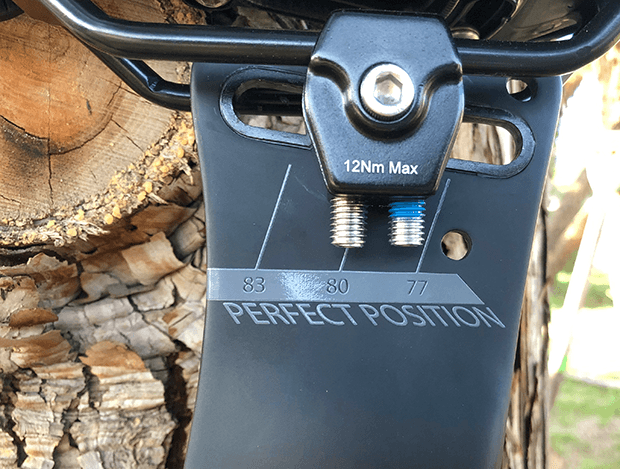
I’ve got a BiSaddle ShapeShifter on board the PRSix2’s seat post. On that seat post, there’s a pair of set screws on both sides of the seat post hardware to microadjust the tilt, and to keep the saddle from slipping. It’s taken about 25 years for aero bikes to finally start making aero posts that allow sufficient fore/aft movement; that allow any tilt angle I want; that don’t slip while riding. Thank you. It’s a little late – industry! – but thank you.
I’ll be writing more about the BiSaddle. It’s an interesting design, and it’s kind of like getting a custom saddle. You can try out a lot of saddles and see what’s comfortable, or you can buy one saddle and try it out a bunch of ways until you finally get the thing adjusted how you want it (separate adjustments for nose width and flange width).
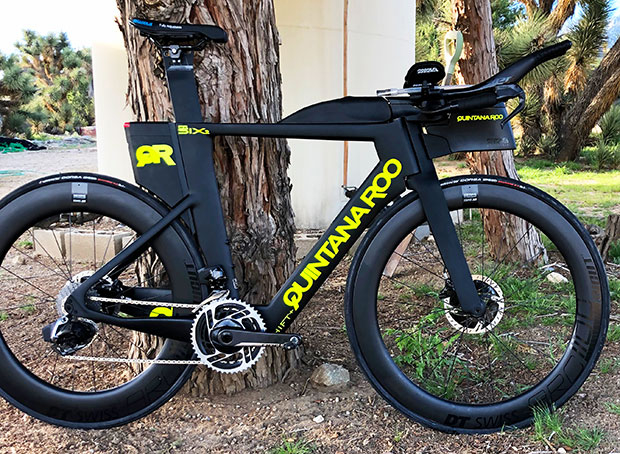
Let me take a brief moment to tell you what’s new bike the PRSix2, and what’s a continuation.
The bottom bracket has undergone a change. Just when I got pretty well happy with PressFit 30s, out comes a new standard, the T47. But look, I wrote in my cable routing piece about the number of times I’ve had to bang out a BB because I got into routing hell, where nothing would route with the BB installed. If for whatever reason you find yourself in this place – because you installed the BB before you routed cables; because your internal vinyl liner broke; whatever – the T47 is a threaded standard. No hitting your bike with a hammer. Just unscrew it.
The PRSix2 frame got lighter and stiffer, by about 10 percent in each metric. And it onboarded this integrated front hydration system. Then there’s already the SHIFT tech, and you either buy this narrative or you don’t: The down tube's asymmetric shape shunts the wind to the non-drive side of the bike. One thing about that big fat off-side chain stay, it appears to have at least a fighting chance of fairing that rear brake caliper and rotor. It also stiffens the frame up nicely and that’s always an issue on aero bikes.
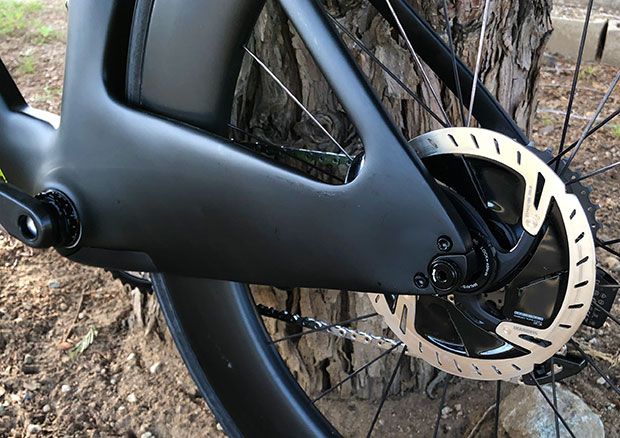
Let’s end with a discussion on bike fit, and on purchase pathways. The size of the bike is the stack of the frame. I ride a size-54 in this bike, though I typically ride a size-58 in, say, a road bike. I’m 6’2”. Why do I ride a bike this small? Because it’s not small. It’s a 54cm because the frame’s stack is 54cm, and typically a size L in a tri bike, or a size 56cm or 58cm (depending on the bike maker) has a frame stack of 54cm.
But if you’re still in a quandary, see that below? This is on our Reader Forum. Here’s the direct link to that Fit Assistance Thread. We have a guy, his job is to read your story and take you under his wing, specific to that brand. For the QRs (and the Canyons) it’s Ian Murray, he’s our lead instructor at our F.I.S.T. Bike Fit workshops.
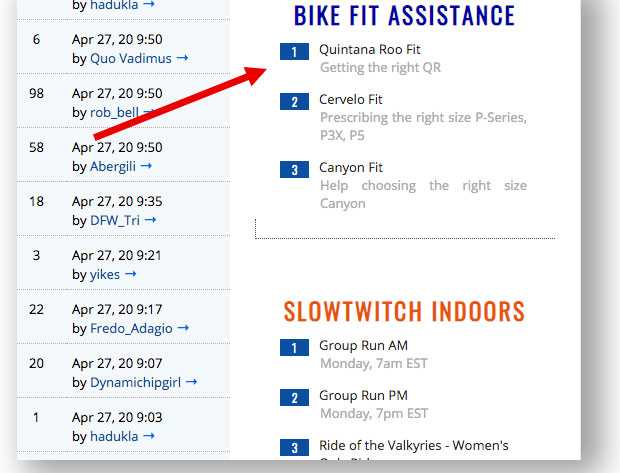
I don’t think Mr. Hurley likes it particularly when I say this about his brand, but I’m going to say it anyway. What he’s winning is the war of logistics. He’d probably prefer I just talk the bikes he makes. But this impacts you, and especially so in the times in which we live right now. His company, American Bicycle Group, uses the traditional bike business models where it makes sense, and not where it doesn’t. Sales channels (the IBD network or consumer direct) isn't a binary choice to him. ABG honors the IBD network when and where it makes sense; and where it doesn’t he sells to you directly.
Likewise, it’s not about made-in-China or made-in-America. The frames are built in China (though ABG's titanium frames, the Litespeed brand, are made in the U.S.), but this company has paint and assembly lines in Chattanooga, to give you the paint and the build you want. It’s a little more money painting in the U.S. but the cost of money, the turnaround times, the flexibility, more than makes up for it.
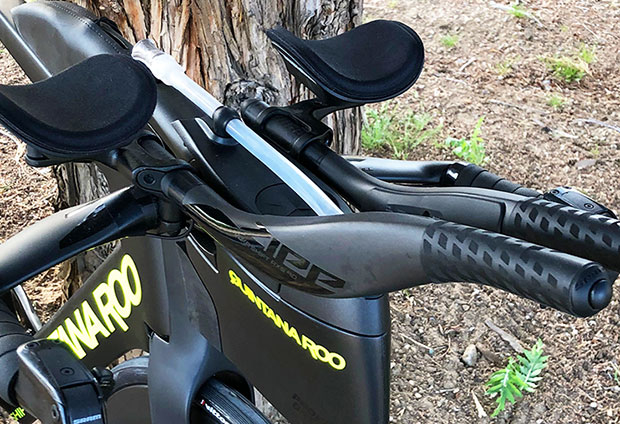
I built this bike differently than the pair of Shimano builds (Ultegra and Dura Ace Di2) that QR offers for the PRSix2 (they can’t stock every option!). You’ll find a number of pretty compelling offers on their site.
These bikes pop up every now and then on the secondary market, such as this sweet year-old 50cm PRSix on The Pro’s Closet (and remember, this would probably fit someone who’d typically ride a 52cm or 54cm bike).
Here’s where you can read more about these bikes, see what important stuff I've forgotten to mention, and you can see here the available the colors, cosmetic schemes and builds available.


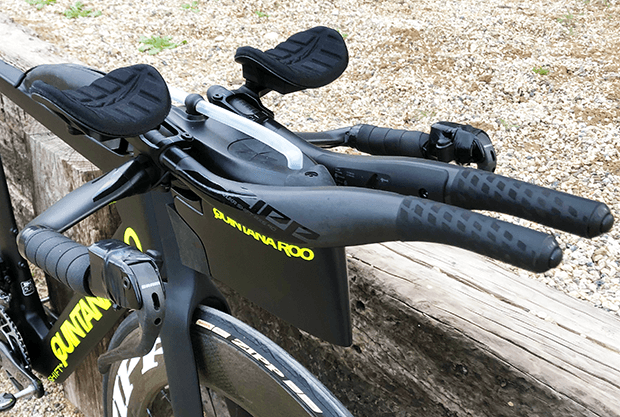
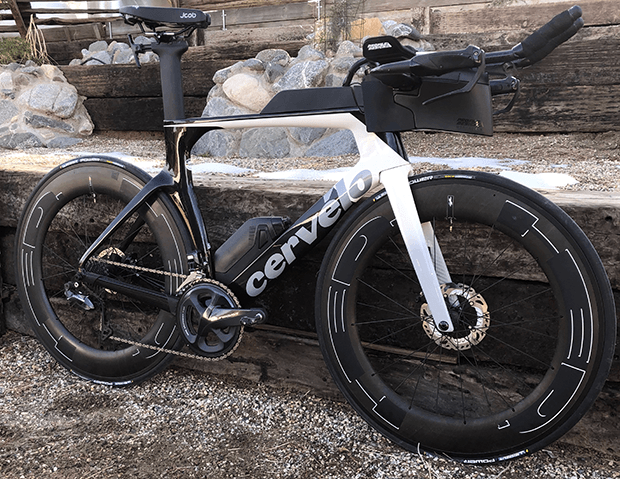
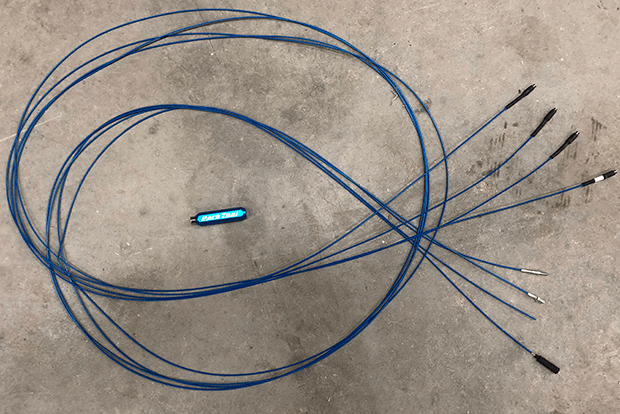
Start the discussion at forum.slowtwitch.com